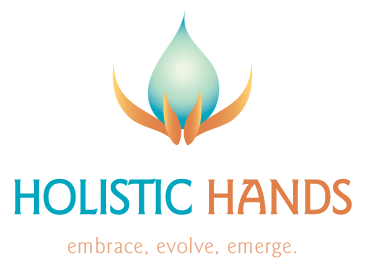All The Time Hip Pain- Could it be Piriformis Syndrome?
by, Tiffany Rivera, hhp
During the summer months I see clients that are active and enjoying the outdoor activities such as running and long bicycle rides. The most common complaint is pain in the back of the hips or buttocks and down the back of the leg. Travelers feel this pain when on airplanes or in cars especially if sitting with wide legs and bent knees. Sometimes it also includes tingles in the leg and foot after sitting for long periods, and a general aching that irritates the best of us.
Piriformis syndrome is sometimes used as a catchall diagnosis for pain in the back of the hip or buttocks. Whether it truly is caused by the piriformis, or some other type of injury, this type of hip pain can be a huge problem with athletes, active people, and those who sit for long periods of time.
SYMPTOMS:
The most common symptom of this injury is pain the hips, buttocks, and radiating pain down the leg. Hip pain in the back may or may not be a piriformis problem. The symptoms that set this injury apart from other hip issues are those of numbness and tingling.
True piriformis syndrome occurs when the piriformis muscle compresses or irritates the sciatic nerve as it runs alongside the muscle. This nerve irritation causes numbness, tingling, and pain along the back of the thigh.
These neurological symptoms are what differentiate true piriformis problems and other types of hip problems.
CAUSES:
The most common cause of this injury is tightness of the piriformis muscle.
Because of the close proximity of the sciatic nerve, tightness of the muscle can cause irritation and increased compression of the nerve, resulting in pain, numbness, and tingling.
These symptoms are increased with activities, especially those that involve contraction of the muscles.
They may also be increased by sitting for long periods of time.
Postural sitting that can irritate the piriformis muscle:
- Sitting on a wallet or phone
- Crossing one leg over the over knee for long periods of time
- Sitting on the couch or chair with your legs straight out in from of you; you have one leg crossing over the over leg, crossing at the ankle.
- Sitting in a chair with your legs spread at the knee and your ankles are crossed
TREATMENT:
Whether you are dealing with true piriformis syndrome that includes tingles and numbness, or other hip problems, stretching the piriformis muscle can help decrease the pain.
Piriformis stretching can relieve the muscle tension and reduce the irritation on the sciatic nerve.
Icing constricts the blood vessels that reduce swelling and spasms. 20 minute ice pack sessions are going to pain relieve and force you to relax that muscle, if only for 20 minutes.
Deep Tissue Massage with a slow approach through the gluteus muscle will be most successful. Also myofascial trigger point and longitudinal muscle stripping of the piriformis would be my personal protocol. Add some icing to relieve inflammation; then I would massage in our myosin muscle serum to sooth and relieve the entire low back, hips, and legs.
You should see your physician to make sure you know exactly what is causing your pain and that you are not overlooking another more serious injury. Especially if the symptoms last more than 10 days and you are stretching, icing and have tried massage.
By, Tiffany Rivera, hhp, clmt
Tiffanyr@holistichands.org

